Inside every cell, a delicate network of protein filaments known as the cytoskeleton provides structure and stability. Actin filaments play a crucial role in this system – these tiny protein strands are continuously assembled and disassembled…
Category: 7. Science
-
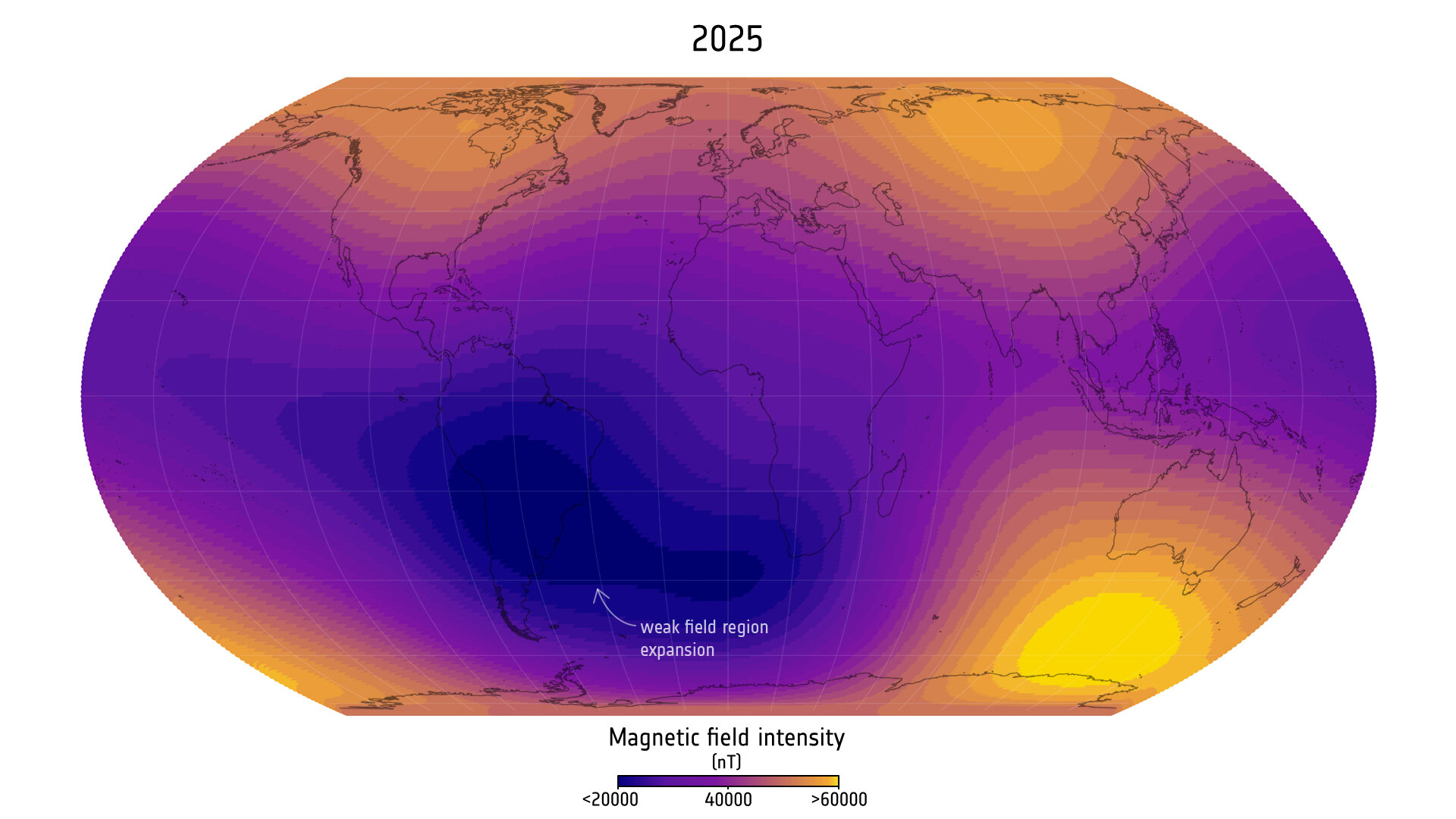
Swarm reveals growing weak spot in Earth’s magnetic field
Applications 13/10/2025
14 views
0 likesUsing 11 years of magnetic field measurements from the European Space Agency’s Swarm satellite constellation, scientists have discovered that the weak…
Continue Reading
-

NGC 2775: This Galaxy Breaks The Rules Of “Galactic Evolution” And Baffles Astronomers
Human classification, from celestial bodies to living organisms, often starts with their morphology. Depending on how something looks, it gets a certain label. This is all well and good until you find the exceptions, so you expand the category….
Continue Reading
-

Plato spacecraft completed and ready for testing in search for Earth like worlds
image: ©forplayday | iStock A milestone has been reached in the search for planets beyond our solar system. The European Space Agency’s (ESA) Plato spacecraft has officially completed construction, with the final…
Continue Reading
-
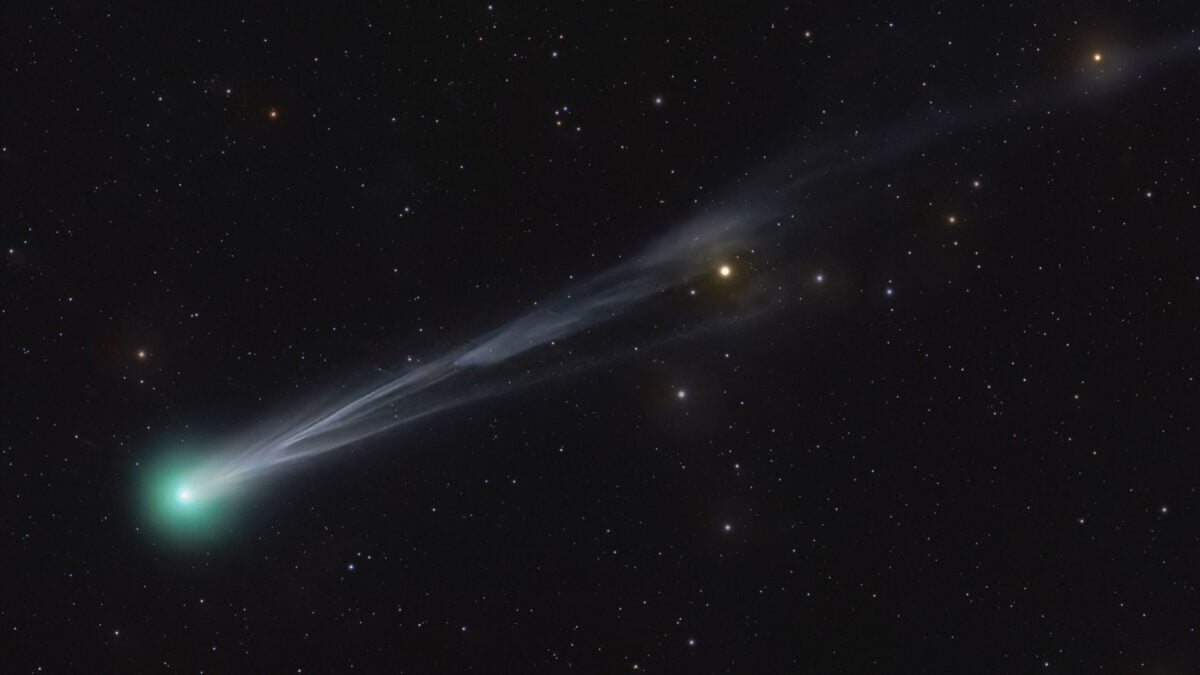
You Need to See This Bright New Comet Shine in the Night Sky This Month Before It Disappears for 1,000 Years
This year is a boom time for comets. Not only did we have the interstellar object 3I/ATLAS gracing our skies (and Mars’) earlier this year, but now we have another brand new comet to look out for.
Expected to be at its brightest on…
Continue Reading
-
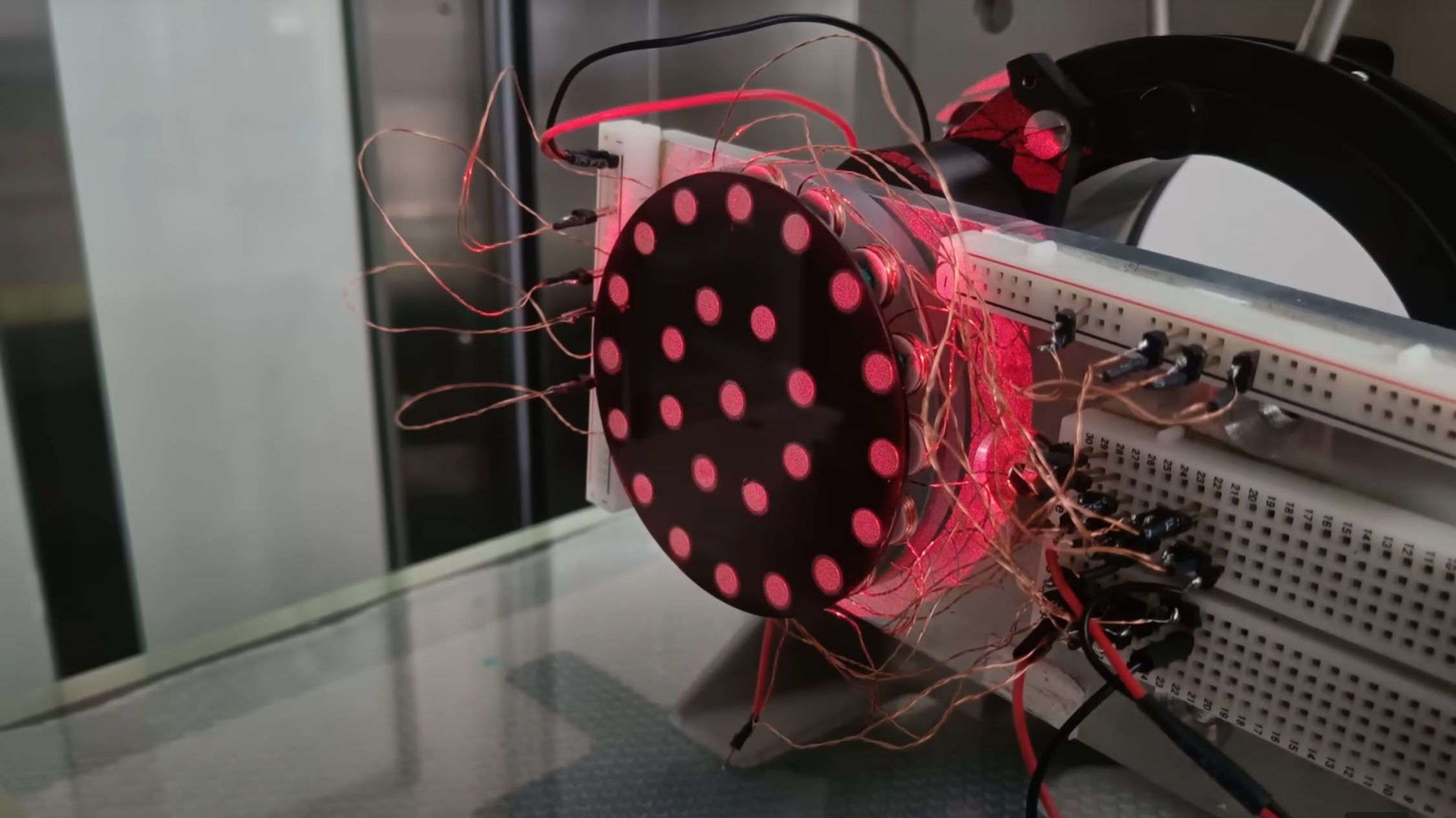
Deforming A Mirror For Adaptive Optics
As frustrating as having an atmosphere can be for physicists, it’s just as bad for astronomers, who have to deal with clouds, atmospheric absorption of certain wavelengths, and other irritations. One of the less obvious effects is the…
Continue Reading
-
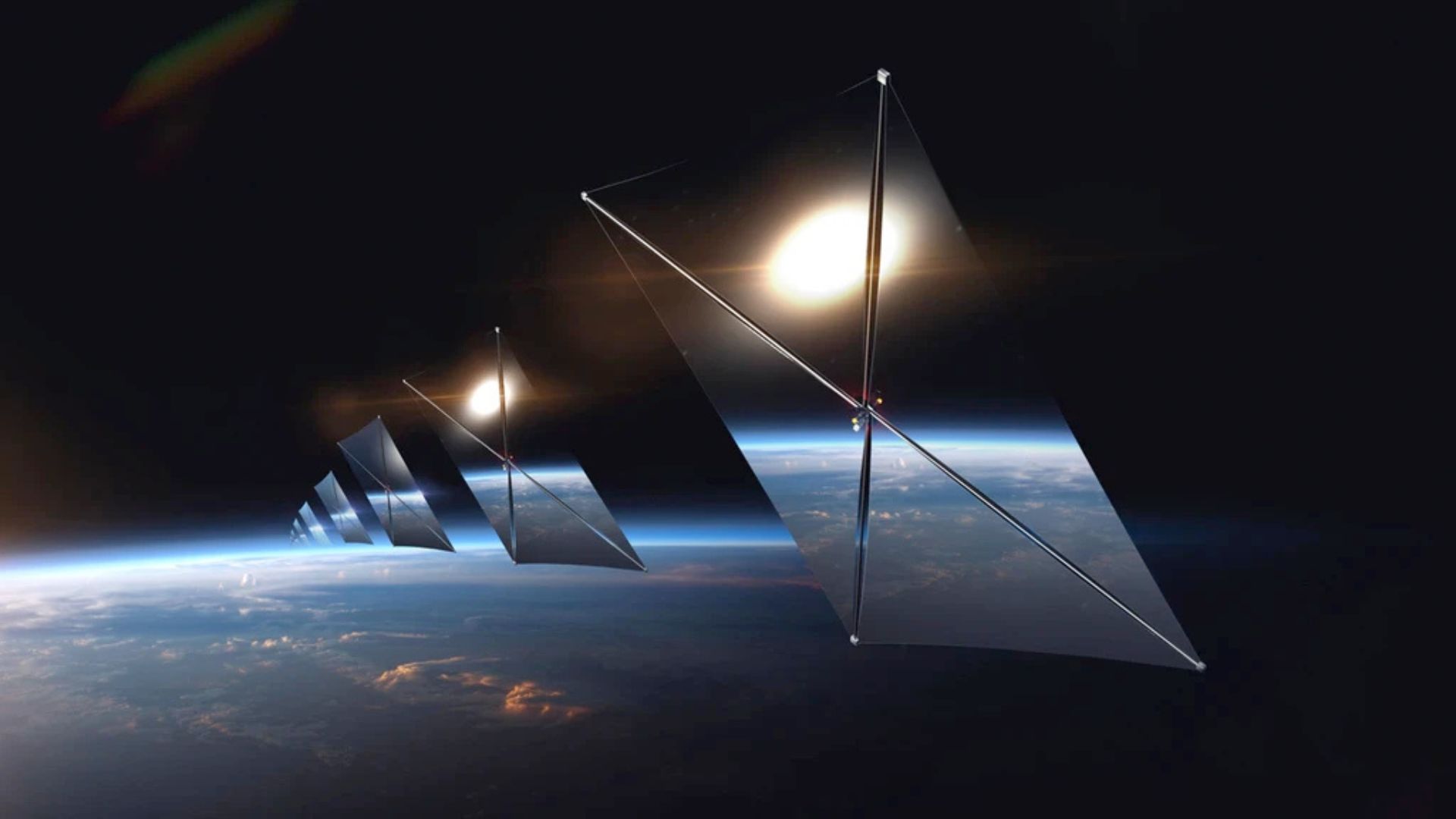
Space mirrors for solar power may threaten astronomy, experts warn
An ambitious proposal by US startup Reflect Orbital has astronomers and environmentalists deeply concerned.
The California-based company plans to deploy a massive constellation of satellites designed to beam “sunlight on demand” to…
Continue Reading
-
GSTP Element 1 ‘Develop’ Compendia 2026-2028: Publication and OSIP Campaign
Enabling & Support13/10/2025
6 views
0 likesOSIP GSTP Compendia Campaign 2026-2028
A dedicated OSIP Campaign has been launched where ESA invites European entities to signal non‑binding…
Continue Reading
-
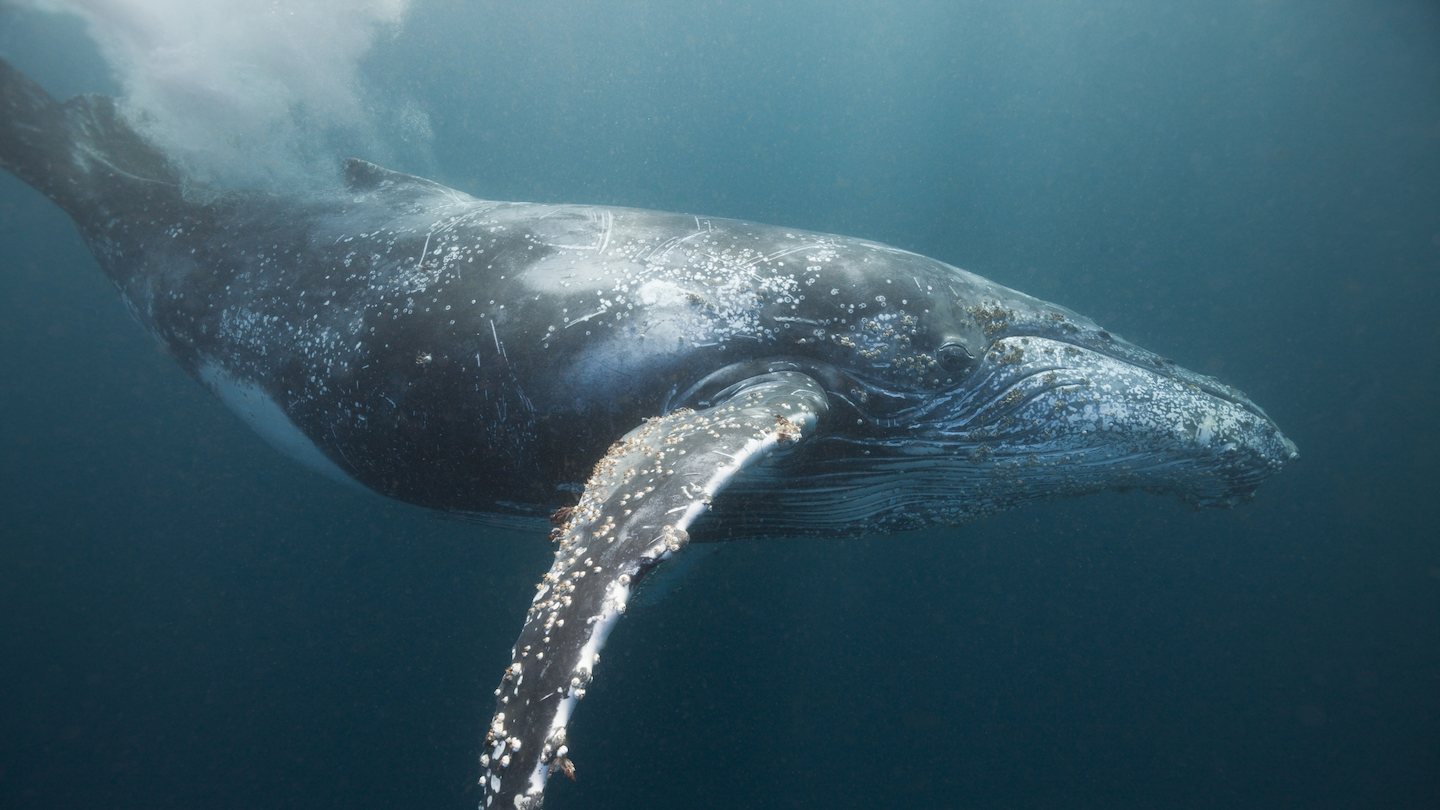
Scientists Say: Infrasound
air pressure: The force exerted by the weight of air molecules.
atmosphere: The envelope of gases surrounding Earth, another planet or a moon.
earthquake: A sudden and sometimes violent shaking of the ground, sometimes causing great…
Continue Reading

